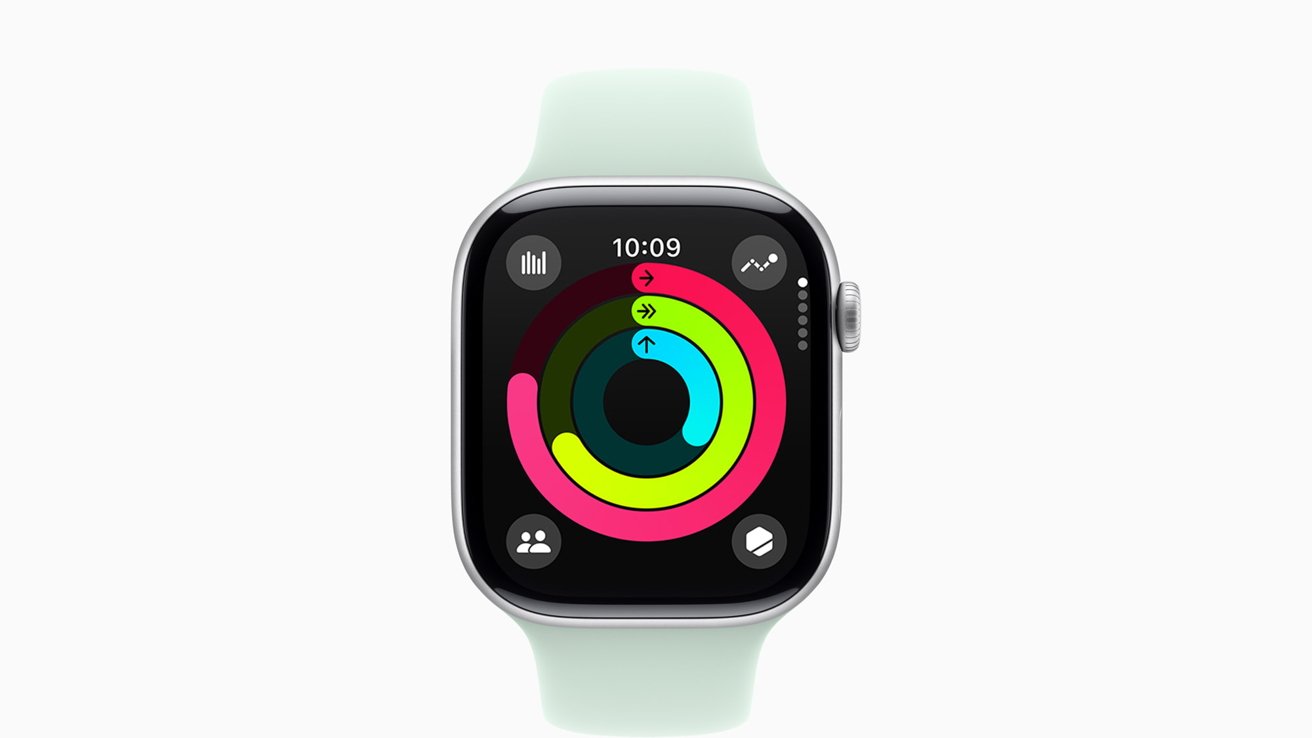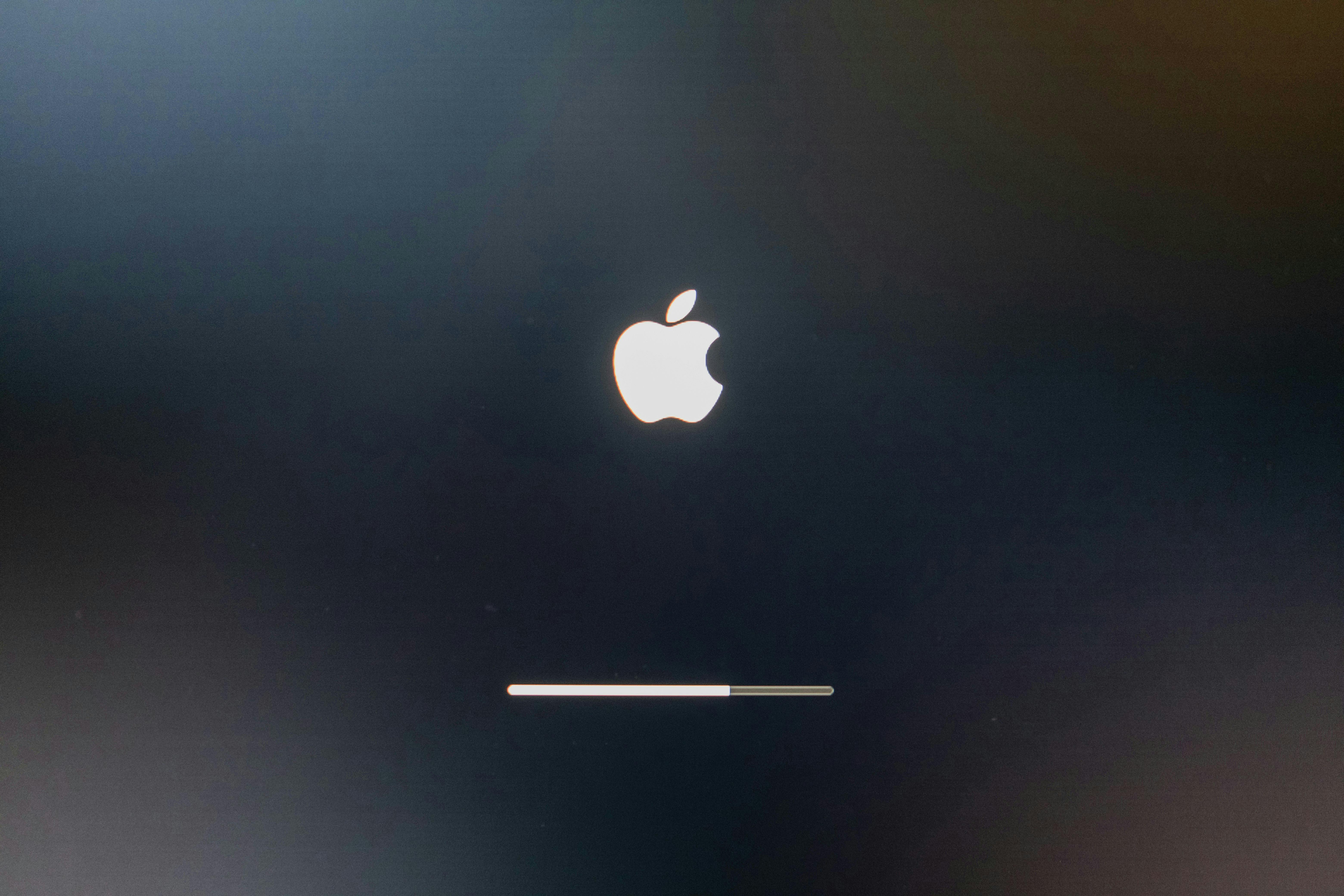Price
Motorola hasn’t shared every price for the entire 2025 Razr family, but we have the basics. The entry-level Razr costs $699.99. That’s for 8GB of LPDDR4X RAM and 256GB of UFS 2.2 storage, which is the only variant available. The Razr+ costs $999.99 for 12GB of LPDDR5X RAM and 256GB of UFS 4.0 storage. The RAM and storage chips in the Plus model are generationally faster than those in the base Razr.
(Credit: Eric Zeman)
Meanwhile, the top-tier Razr Ultra has 16GB of LPDDR5X RAM and 512GB of UFS 4.0 storage for $1,299.99. A 1TB model is available for an unspecified amount more.
If you’re looking to spend the least amount of green on a folding phone, the Razr is your best option.
Winner: Razr
Design
All three phones share aluminum frames and titanium-reinforced hinges. They are also more durable than the 2023 and 2024 models with IP48 ratings, which means they are more dustproof than before and can handle a dunk in the pool. Colors, however, are the most significant outward difference between the Razr, Razr+, and Razr Ultra.

Motorola Razr in Spring Bud (Credit: Eric Zeman)
The Razr comes in Spring Bud (bright green), Gibraltar Sea (deep blue), Parfait Pink, and Lightest Sky (flecked white). It measures 3.47 by 2.91 by 0.62 inches (HWD) when closed and 6.74 by 2.91 by 0.29 inches when open. It weighs 6.63 ounces.
The Razr+ is available in Mocha Mousse (brown), Midnight Blue, and Hot Pink. It measures 3.47 by 2.91 by 0.60 inches when closed and 6.75 by 2.91 by 0.28 inches when open. It weighs 6.67 ounces.

Motorola Razr+ in Midnight Blue (Credit: Eric Zeman)
The Razr Ultra comes in Rio Red, Scarab (black Alcantara), Mountain Trail (wood veneer), and Cabaret (pink). It measures 3.47 by 2.91 by 0.62 inches when closed and 6.75 by 2.91 by 0.28 inches when open. It weighs 7.02 ounces.

Motorola Razr Ultra in Mountain Trail (Credit: Eric Zeman)
Beyond the colors, the size of the outer screen is also different. The Razr has a smaller 3.6-inch outer screen (when measured from top to bottom) made from Corning Gorilla Glass Victus. The Plus model has a 4-inch screen made from Corning Gorilla Glass Victus. Meanwhile, the Ultra model has a 4-inch outer screen protected by Corning Gorilla Glass-Ceramic.
Which phone you prefer here might just boil down to your preference in color.
Winner: Tie
Display
Despite the close similarities of these phones, Motorola opted for three different screens. Let’s compare the inner and outer displays.

Motorola Razr Ultra (Credit: Eric Zeman)
The Razr’s outer pOLED screen measures 3.6 inches and has a pixel density of 413 pixels per inch (ppi). It’s an LTPS panel with a refresh rate of 90Hz, a touch response rate of 120Hz, and a peak brightness of 1,700 nits. The inner foldable AMOLED screen measures 6.9 inches and has a pixel density of 413 pixels per inch. It’s an LTPO panel with a refresh rate of 120Hz, a touch response rate of 220Hz, and a peak brightness of 3,000 nits.
The Razr+ model’s outer pOLED screen measures 4 inches with a resolution of 1,272 by 1,080 pixels for a density of 417ppi. It’s an LTPS panel with a refresh rate of 165Hz, a touch response rate of 120Hz, and a peak brightness of 2,400 nits. The inner foldable pOLED screen measures 6.9 inches with a resolution of 2,640 by 1,080 pixels and has a density of 413ppi. It’s an LTPO panel with a refresh rate of 165Hz, a touch response rate of 220Hz, and a peak brightness of 3,000 nits. It’s basically the same as the cheaper Razr.

Motorola Razr outer display (Credit: Eric Zeman)
Meanwhile, the Ultra model’s outer pOLED screen measures 4 inches with a resolution of 1,272 by 1,080 pixels for a density of 417ppi. It’s an LTPS panel with a refresh rate of 165Hz, a touch response rate of 120Hz, and a peak brightness of 3,000 nits, representing a small step up from the Plus model. The inner foldable pOLED screen measures 7 inches with a pixel density of 464ppi. It’s an LTPO panel with a refresh rate of 165Hz, a touch response rate of 300Hz, and a peak brightness of 4,500 nits. It’s the sharpest, brightest, and fastest of all the screens.
Winner: Razr Ultra
Specs and Batteries
As expected, the Ultra model has the best spec sheet. Each Razr offers a little something different. Here’s what sets them apart.

Motorola Razr Ultra (Credit: Eric Zeman)
Get Our Best Stories!

A Smart, Bold Take on The Wireless World
By clicking Sign Me Up, you confirm you are 16+ and agree to our Terms of Use and Privacy Policy.
Thanks for signing up!
Your subscription has been confirmed. Keep an eye on your inbox!
The Razr is powered by a MediaTek Dimensity 7400 chip. This SoC has a 4nm process, a Mali-G615 GPU, and a sixth-gen NPU. As noted above, it has 8GB of memory and 256GB of storage. The phone ships with a 4,500mAh battery that supports 30W wired and 15W wireless charging.
The Razr+ has a Qualcomm Snapdragon 8s Gen 3 processor, 12GB of memory, and 256GB of storage. Surprisingly, it has a smaller 4,000mAh battery, but it supports faster 45W wired and 15W wireless charging, with reverse wireless charging at 5W.

Motorola Razr in Lightest Sky (Credit: Eric Zeman)
The Ultra steps things up to a Qualcomm Snapdragon 8 Elite processor, made from a 3nm process with an Adreno GPU and Hexagon NPU. It comes with 16GB of RAM and 512GB of storage, but you can upgrade it to 1TB if needed. It has a 4,700mAh battery with 68W wired charging, 30W wireless charging, and 5W reverse wireless charging.
We’ll assess battery life and performance in our full reviews in the weeks ahead.
Winner: Razr Ultra
Connectivity
Motorola keeps the connectivity packages fairly straightforward. The Razr has your basic sub-6GHz 5G, Wi-Fi 6E, Bluetooth, and GPS.
Recommended by Our Editors

Motorola Razr+ (Credit: Eric Zeman)
The Razr+ steps up to tri-band Wi-Fi 7 and Bluetooth 5.4, but keeps the same sub-6GHz cellular radio.
The Ultra appears to have the same radio package as the Razr+.
Winner: Tie
Cameras
The last major difference between the three Razr phones for 2025 can be found under the camera lenses.
The Razr has a 50MP main camera with a lens at f/1.7. It bins photos by a factor of four, so you get final images of 12.5MP. The camera features optical image stabilization (OIS), Pantone color, and PDAF. The Razr also has a 13MP ultrawide camera at f/2.2 that can also shoot macro images. It is joined by a 32MP selfie camera that takes 8MP final images at f/2.4. Video capture tops out at 4K30, and it can handle 4x slow-motion capture.

Motorola Razr Ultra (Credit: Eric Zeman)
The Razr+ has a 50MP main camera at f/1.7. It has OIS and instant all-pixel focus. A 50MP telephoto camera joins it with a lens of f/2.0. It takes 12.5MP final images. a 32MP user-facing camera joins this with a f/2.4 lens and quad-pixel binning for final shots of 8MP.
Last, the Razr Ultra packs a more impressive trio of 50MP cameras. The main camera has a lens of f/1.8, OIS, Pantone color, and PDAF. The ultra-wide camera enjoys an aperture of f/2.0 and a wide 122-degree field of view. These are joined by a 50MP selfie camera at f/2.0. Video capture ranges up to 8K30, with 4K60 and 1080p60 as backup resolutions.
The latter two cameras spell out a broader range of AI-assisted features, like Add Me, Action Shot, Group Shot, Face Retouch, Gesture Selfie, and Dolby Vision. These additional tools make the Razr+ and Razr Ultra an appreciable improvement over the base model.
Winner: Razr Ultra
Verdict: Pick Your Razr
All three Motorola Razrs offer something for everyone. Each one has a folding form factor, a good-sized out screen, a large inner screen, and plenty of tech to go around. Once we review all three devices, we’ll have more details and will be able to make a stronger recommendation. Until then, consider these points if you’re trying to choose between them.
-
With a price of just $699.99, the Motorola Razr is $300 to $500 cheaper than its stablemates. It’s clearly the one to choose if you want a folding phone on a budget.
-
The Razr+ is a nice upgrade option at $999.99. It has a solid processor, a fair amount of memory and storage, and good cameras.
-
If you need the best option available, the Razr Ultra boasts better screens, the best processor, more memory and storage, and a trio of 50MP cameras.
We plan to review all three Motorola Razr phones in the weeks ahead. Check back soon for our full reports. In the meantime, here’s our hands on with the new phones.










